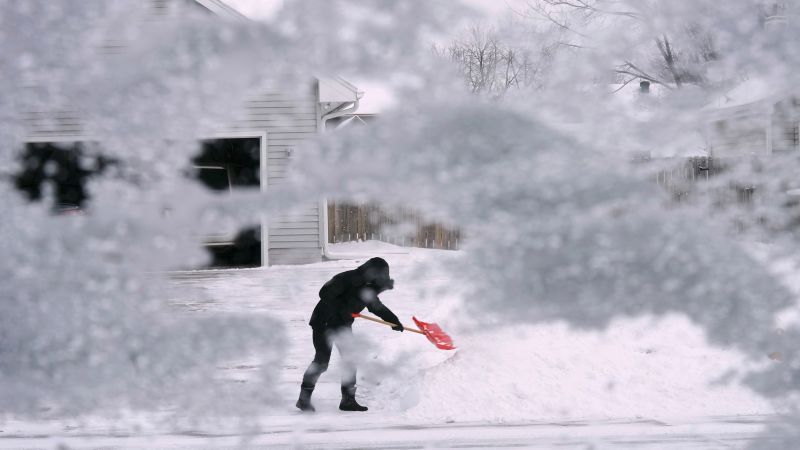
The “once-in-a-generation” winter storm sweeping across the nation will force Americans to crank up the heat at a time when it’s become increasingly expensive to do that.
Even before this historic winter storm emerged, experts warned home heating costs would jump this winter to the highest level in more than a decade.
The average cost of home heating is projected to jump increase by 17.2% from last winter to $1,208, according to a November report from the National Energy Assistance Directors Association.
The cost to heat homes is expected to be 35.7% higher this winter than the 2020-2021 winter, the report said.
More than 100 million people across the United States are under winter weather and wind chill alerts. The National Weather Service is describing it as a “once-in-a-generation type event.”
The spike comes as prices for natural gas – the most popular way to heat homes in America – have surged. Electricity prices have also climbed sharply.
Homes that rely on natural gas for heat will spend an average of 25% more this winter, the US Energy Information Administration projected last month. Those that use heating oil are projected to spend 45% more than last winter, while electricity will be up 11% and propane 1%.
But the heating bills will only get more expensive if the winter proves to be colder than expected.
For instance, the EIA warned the average household that uses natural gas for heat will spend 37% more than last winter if temperatures are 10% colder than forecast. Heating oil bills would spike by 52%.
Consumers were feeling sticker shock even before the winter began. Prices for utility gas spiked 15.5% year-over-year in November, according to the Bureau of Labor Statistics. Electricity prices were up 14%.
The financial pain is particularly acute for those who can least afford swings in their expense.
“Home heating costs are becoming increasingly unaffordable for millions of lower income families,” NEADA said in the November report.
As of August, about one in six US families were behind on their utility bills, translating to approximately 20 million households, according to NEADA.
New England is especially vulnerable to severe winter weather, in large part because of constraints on pipelines sending natural gas into the region.
Wholesale power prices in New England are expected to jump by 35% in January from the year before, the EIA said.
from WordPress https://ift.tt/gSVzRCb
via IFTTT